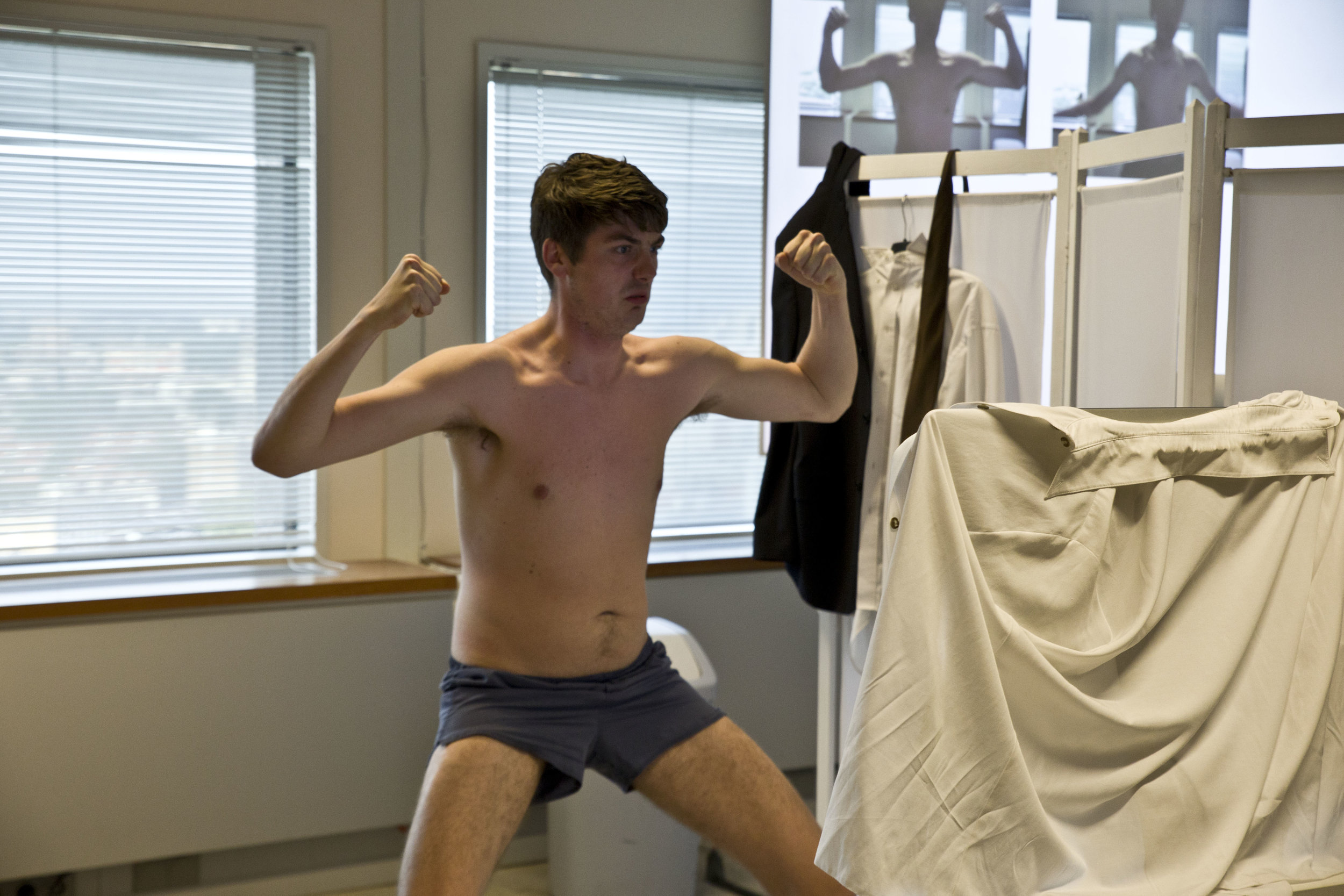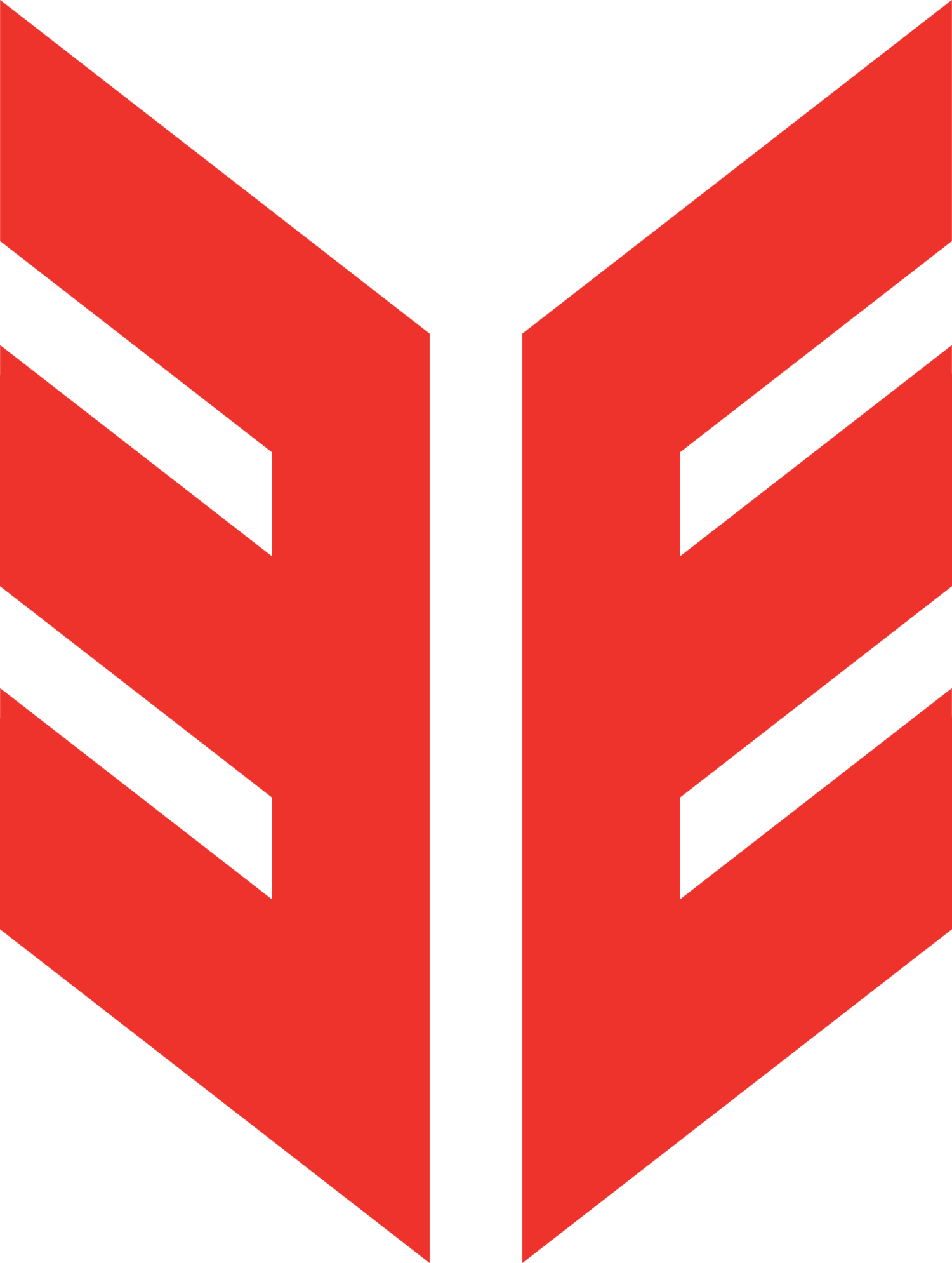Max Dovey "Are Artists Just Bug Fixers?"
On his website artist Max Dovey describes himself as “28.3% man, 14.1% artist and 8.4% successful.” Born in the UK, now living and working in the Netherlands, he holds a BA in Fine Art: Time Based Media and a MA (MDes) in Media Design from Piet Zwart Institute. In 2016 his work Hipster Bar was part of the Summer Sessions pop-up exhibition at Ars Electronica Festival.
The following is a transcript from the conversation between Max Dovey and Zane Cerpina on April 1st, 2017 in Oslo.
Zane Cerpina (EE): Tell me what is your background, what artistic practice do you work with?
Max Dovey (MD): I have a background in theatre, performance and live art. I went to film school, but couldn’t make films in the ways that directors can. Then I went to art school where you are encouraged to do things you want. In fact all the courses I have done in media have stopped happening or have changed their name. Which has a negative aspect of feeling you are in industries that are falling apart when you graduate, but then on a positive side you become a specialist. I am a live artist and I like to work with data like algorithms, algorithmic governance and how networks can enforce social and political biases. I have a quite political stance on the way that infrastructures enforce and maintain hierarchical power.
“Art is very good at revealing”
EE: How do you weave these topics into your artworks. What is art for you?
MD: Art for me has been two things. Either it has been exposing existing social and political issues, but another thing is (and this is when it falls into some problems) when it tries to solve the issues. Art is very good at revealing. Design on the other hand is used to fix and solve the issues that artists would highlight. That is how it should work in a perfect world. After Brexit and Trump, everybody has to go back to their jobs, because we have to, even if we are outraged. We keep on protesting online. But I have been feeling slightly unhappy about how the arts and the design community have been trying to respond to the geopolitical changes, the rise of far right nationalism and the crisis in identity politics. The response has been quite dumb; open calls such as redesigning Trump’s wall or redesigning the Brexit passport. This is “designing hope ideology” within creative industries, when we go back to being busy by creating prototypes against a situation which is very difficult for artists and designers to solve alone. And this is why I don’t know where my energy should go to. Should I go and protest every Saturday for few hours and then go back to designing my crypto-currency, prototype or anti-Trump meme? That’s where I feel that the art and design industry is not having a good enough political response to what is going on. It feels quite weak for the creative economy just to have open calls responding to these changes like that. What can art and activism actually do together? And is the creative industry too stuck in this innovation ideology, to create and design and build change. It doesn’t mean we shouldn’t carry on researching and designing, but that we should be realistic about it. We need a new kind of realism. I know that automation rumour has been going on for a long time, but still, the traditional narratives of working and getting a stable income, and being able to afford a home are changing. There will never be the same amount of stable jobs. It is no longer possible for many Europeans, so they go freelance and become artists and designers. Because there is nothing better, there is no point working towards something that you will never get. That kind of a bubble has been slightly shattered.
“The art and design industry is not having a good enough political response”
EE: In all this crisis, how does your artistic practice come in?
MD: I know what is wrong with my artistic practice. It is being caught up in a machine learning loop, for example, my critique of image recognition algorithms. Suddenly or over the period of time, if that work gets enough credibility and shows, the technology company will update their service products and programs. When I work with commercial based applications, I do this consciously. Consequently artists like myself end up assisting at improving and updating commercial software. Through the piece How To Be More Or Less Human where I was taking my clothes off in front of an image recognition algorithm, I was showing that it had a bias towards naked bodies being associated with women. After doing that over a period of a year, I ended up training this image recognition algorithm, so that the software could correctly identify that my naked body is a man. Now that software is updated, my critique has been completely absorbed in the cycle of progress and the next version of the software. And I can no longer do the work anymore. So I really question what role the artists and designers have in this process. The other option is to build your own systems and you don’t use any cloud based services. I am more interested in what companies are training their software to say and do, but then I am also very limited in what I am capable of doing.
how To Be More Or Less Human
How To Be More Or Less Human is a performance installation by Max Dovey. The artwork examines how computer vision interprets gender, race and class through commercial stock imagery. Visual stereotypes and typologies are highlighted and performed by human and non-human actors to demonstrate how humans are encoded into computer vision.
www.howtobemoreorless.com




“Are artists more than
just bug fixers?”
Are artists more than just bug fixers in this innovation narrative, when a company releases the code and encourages artists to develop applications using that software? Artists do a lot of free labour, they might get an artwork out of it, but I think the companies get out much more. I am not sure if you can get out of that paradigm by developing your own tools and software. Working creatively with technology sometimes feels like highlighting bugs to be fixed by software developers.
EE: What’s next? Can we get out of this loop?
MD: Trying to come up with a long term plan is quite difficult. The nice thing about the Anthropocene is that it has a temporal scale to it and it is exciting. When I am working with my datasets, websites and platforms I get caught out as a software user rather than an artist or designer. Every new version or every new update will disrupt the artwork and it will disappear, like movements before it, such as Net Art. I am focusing now on the artist as a user, citizen as a user and entertaining the idea of software as a state.
www.maxdovey.com
A Hipster Bar @Ars Electronica, Linz
Photo: Zane Cerpina, 2017







